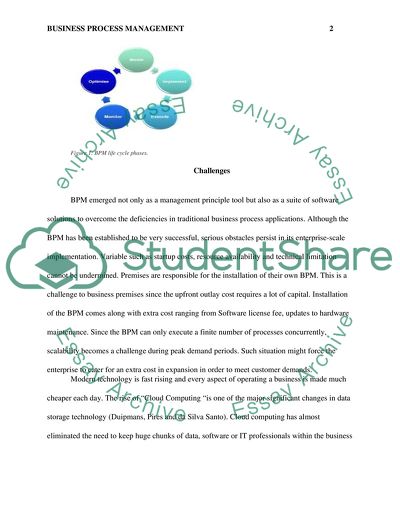Cite this document
(“Cloud-based BPM Model Essay Example | Topics and Well Written Essays - 2000 words”, n.d.)
Cloud-based BPM Model Essay Example | Topics and Well Written Essays - 2000 words. Retrieved from https://studentshare.org/information-technology/1641869-cloud-based-bpm
Cloud-based BPM Model Essay Example | Topics and Well Written Essays - 2000 words. Retrieved from https://studentshare.org/information-technology/1641869-cloud-based-bpm
(Cloud-Based BPM Model Essay Example | Topics and Well Written Essays - 2000 Words)
Cloud-Based BPM Model Essay Example | Topics and Well Written Essays - 2000 Words. https://studentshare.org/information-technology/1641869-cloud-based-bpm.
Cloud-Based BPM Model Essay Example | Topics and Well Written Essays - 2000 Words. https://studentshare.org/information-technology/1641869-cloud-based-bpm.
“Cloud-Based BPM Model Essay Example | Topics and Well Written Essays - 2000 Words”, n.d. https://studentshare.org/information-technology/1641869-cloud-based-bpm.


